Update 22/02/23: Much of these changes have been postponed to late spring 2023. For more information, click here.
New bus gates and one-way systems are coming into force in Aberdeen – here’s how to navigate them without getting fined.
The council is implementing sweeping overhauls to how we get about the heart of the Granite City with the intention of making bus priority routes.
Work has already started with the controversial removal of the straight-ahead lane onto Guild Street just days before Christmas.
It is understood that the council will make a start on the other changes throughout January, but a date is yet to be confirmed. They could be in place for 18 months.
The council has issued a multi-coloured map to highlight the changes, but it can look overwhelming at first.
Join us for a journey through the new city centre roads layout and we’ll explain where you can — and cannot — drive once the new rules start.
1. New bus gate system around Market Street/ Union Street
Drivers familiar with Aberdeen city centre over the past few years will most likely know about the highly unpopular bus gate system which used to stretch between Adelphi Lane and the junction between Union Street and Market Street.
It was officially shut down in June 2022, but during its 22-month lifetime it resulted in more than 73,000 fines being issued for motorists going through it.
But it’s soon being replaced with an even larger system.
Drivers will no longer be able to drive north up Market Street and turn right up Union Street towards King Street.
It will have three points where general car traffic will be banned from going through:
- Market Street outside the Rox Hotel
- Union Street next to Adelphi Lane
- Union Street close to Correction Wynd
Roads nearby will also be local access only.
2. New bus gates and one-way systems around the east end of Guild Street
The straight-ahead lane from Trinity Quay onto Guild Street was taken away on December 19 to pave the way for new bus priority routes.
Under the new system, buses will still be able to head this way – as will taxis and bicycles – but other general traffic won’t.
Here’s where the new bus gates will be:
Additionally, one-way systems will make it so you can only travel north along Stirling Street, and south along Exchange Street.
Both streets — and some others nearby — will be local access only.
3. A new bus gate for Bridge Street, as well as a ‘gyratory’
The council will be putting in a new bus gate on Bridge Street, at its junction with Wapping Street and College Street.
It means drivers won’t be able to drive north from College Street onto Bridge Street without getting a fine.
However, there are still ongoing major roadworks around the South College Street area.
The current one-way system through the area – now called a “gyratory” – will stay essentially the same.
Traffic will only be allowed clockwise north along College Street, east along Wapping Street, south along Carmelite Street (from its junction with Rennie’s Wynd) and west along Guild Street.
Access to properties, businesses and the Trinity Centre car park will be maintained.
Drivers will be able to access the area via the Denburn and South College Street once the bus priority changes are in place.
Meanwhile local access only rules will be put in place on on Bridge Street and Windmill Brae.
The existing bus gate at the junction between Bridge Street and Union Street will be maintained.
4. No more right turns from Union Terrace onto Rosemount Viaduct, and changes for Schoolhill
Although all general traffic will be allowed along Union Terrace, a ban on turning right onto Rosemount Viaduct will be coming in to force.
This will not affect cyclists, buses, and taxis — only private motorists.
Drivers travelling north, past the newly reopened Union Terrace Gardens, will instead be forced to turn left instead.
Schoolhill will also be pedestrianised from Back Wynd to Flourmill Lane, with access for service vehicles only.
Have the public been consulted about the new Aberdeen bus gates and other changes?
Aberdeen City Council is installing the bus gates and other changes under what is called an Experimental Traffic Regulation Order (ETRO).
Transport Scotland says the process is “very rarely used” as councils typically consider them to offer “little benefit”.
“The procedure does not provide for a proper way to consult and modify along the way,” the roads quango states.
And because it’s “experimental”, the council can bring in the changes before asking the general public.
The local authority has sought input from the emergency services, bus and taxi firms, cycling and disability groups and haulage chiefs.
But it will only be after the changes are in place that all road users — and businesses impacted — will be allowed to have a say.
A council spokeswoman previously told the P&J: “Public engagement will commence once the scheme has been brought into operation.”
The council hopes the new bus priority routes will minimise the amount of general traffic on Bridge Street, Guild Street (east of Wapping Street), and Market Street (north of Guild Street) by stopping these streets being used as through-routes.
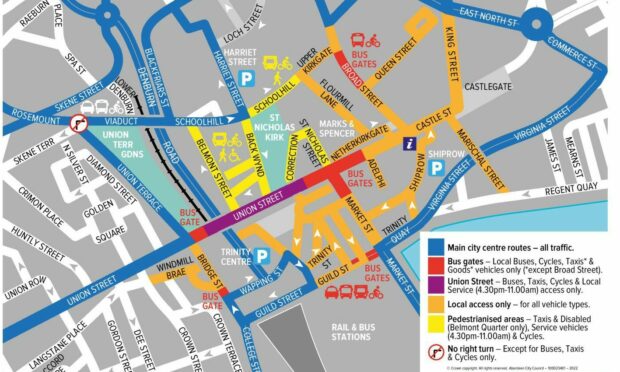
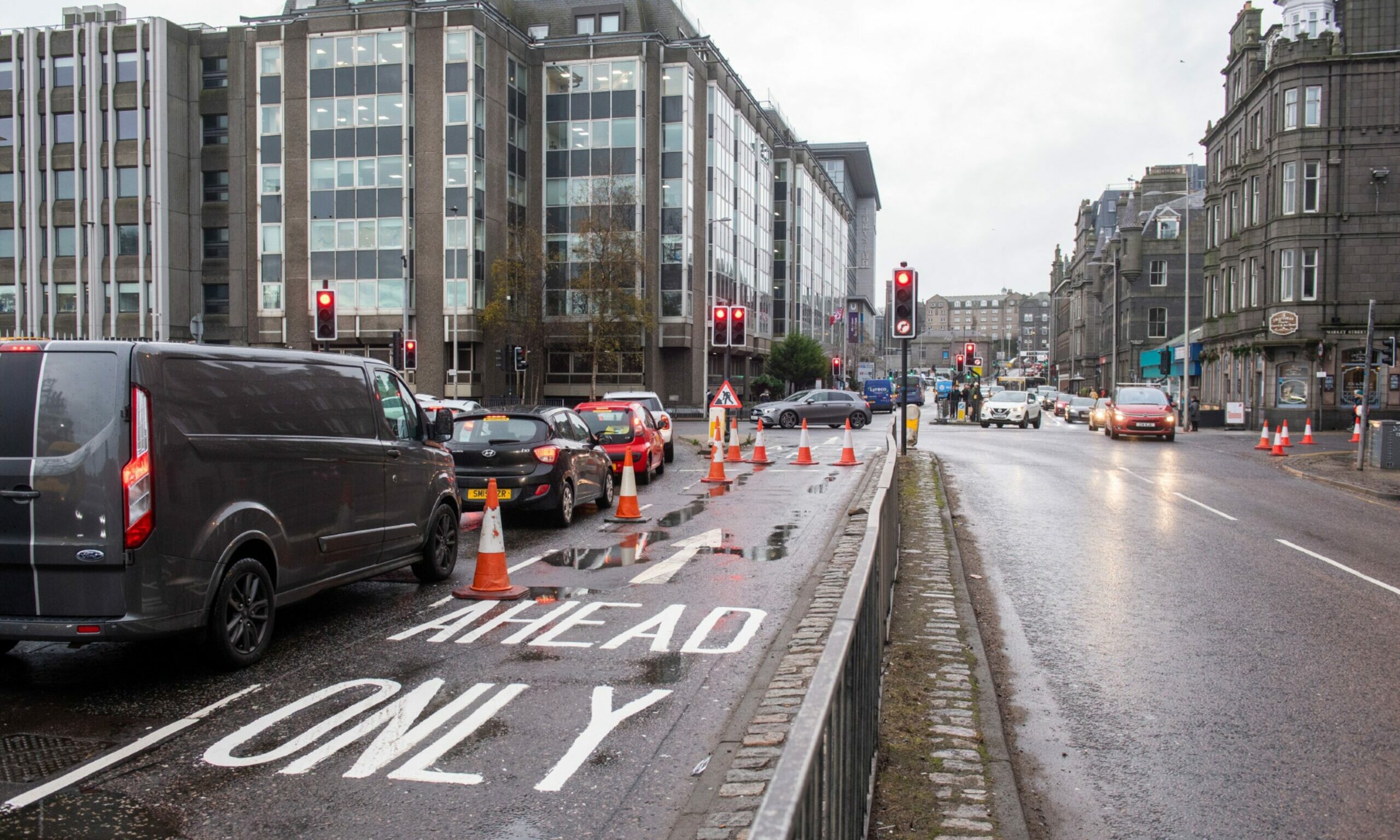
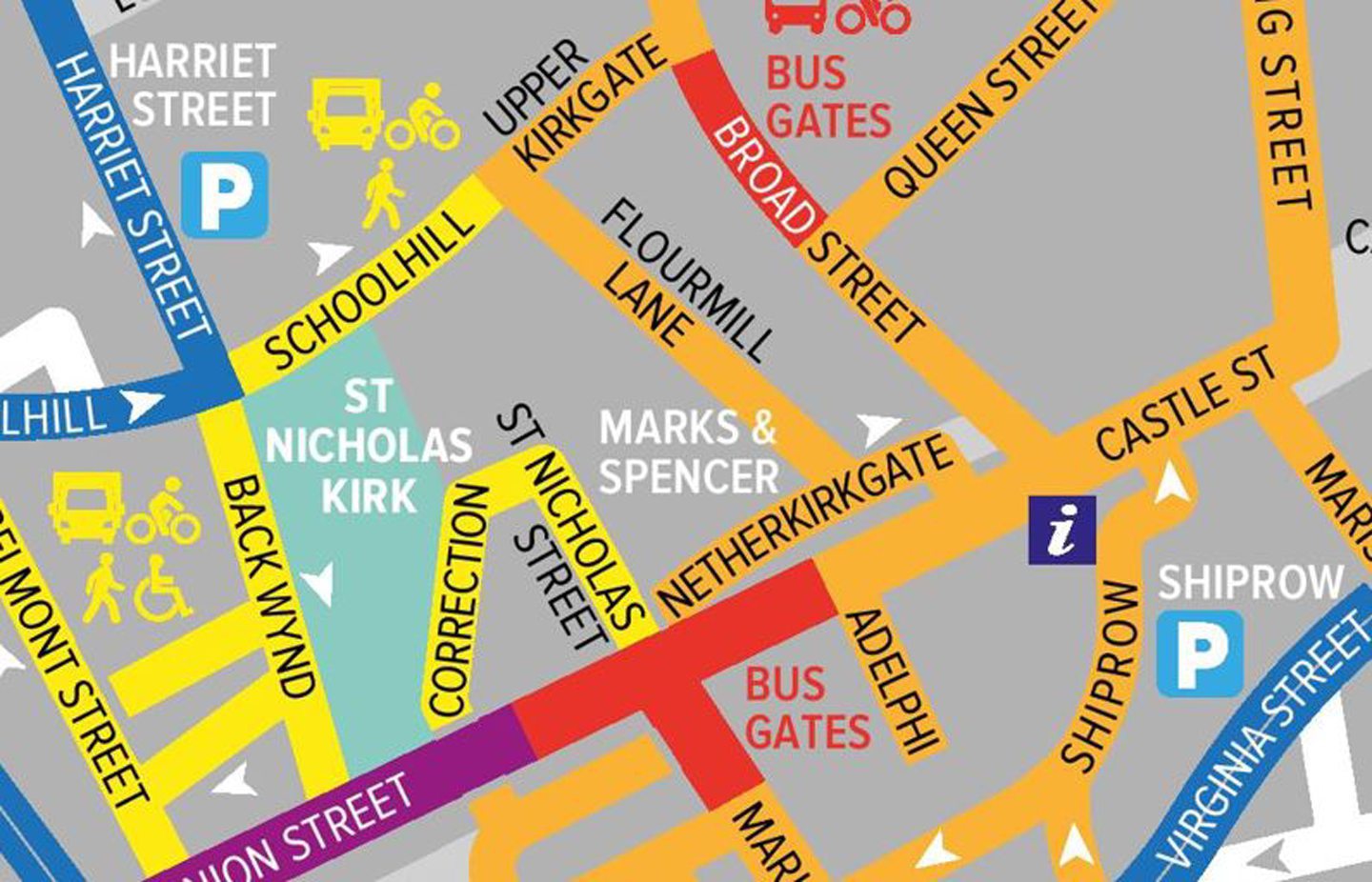
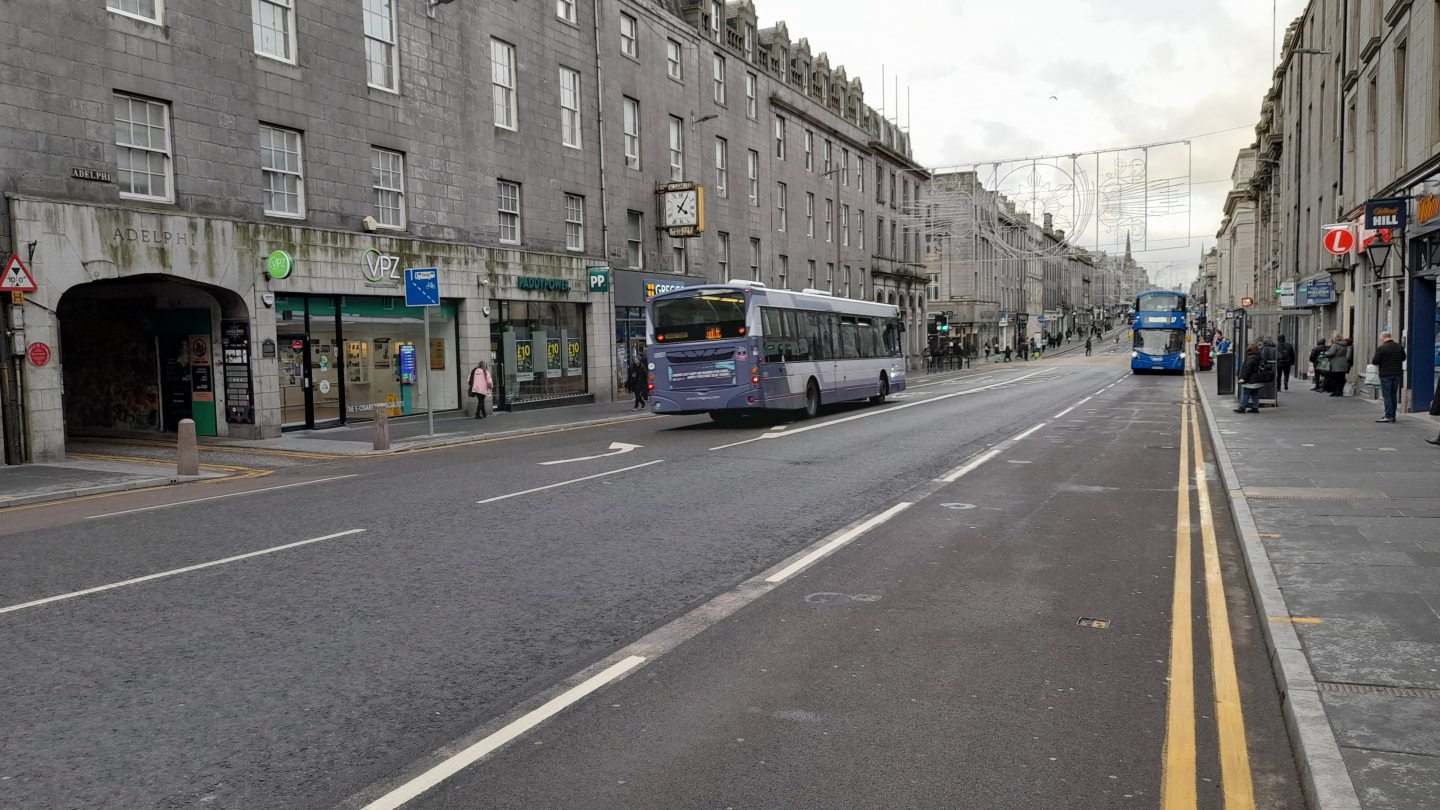

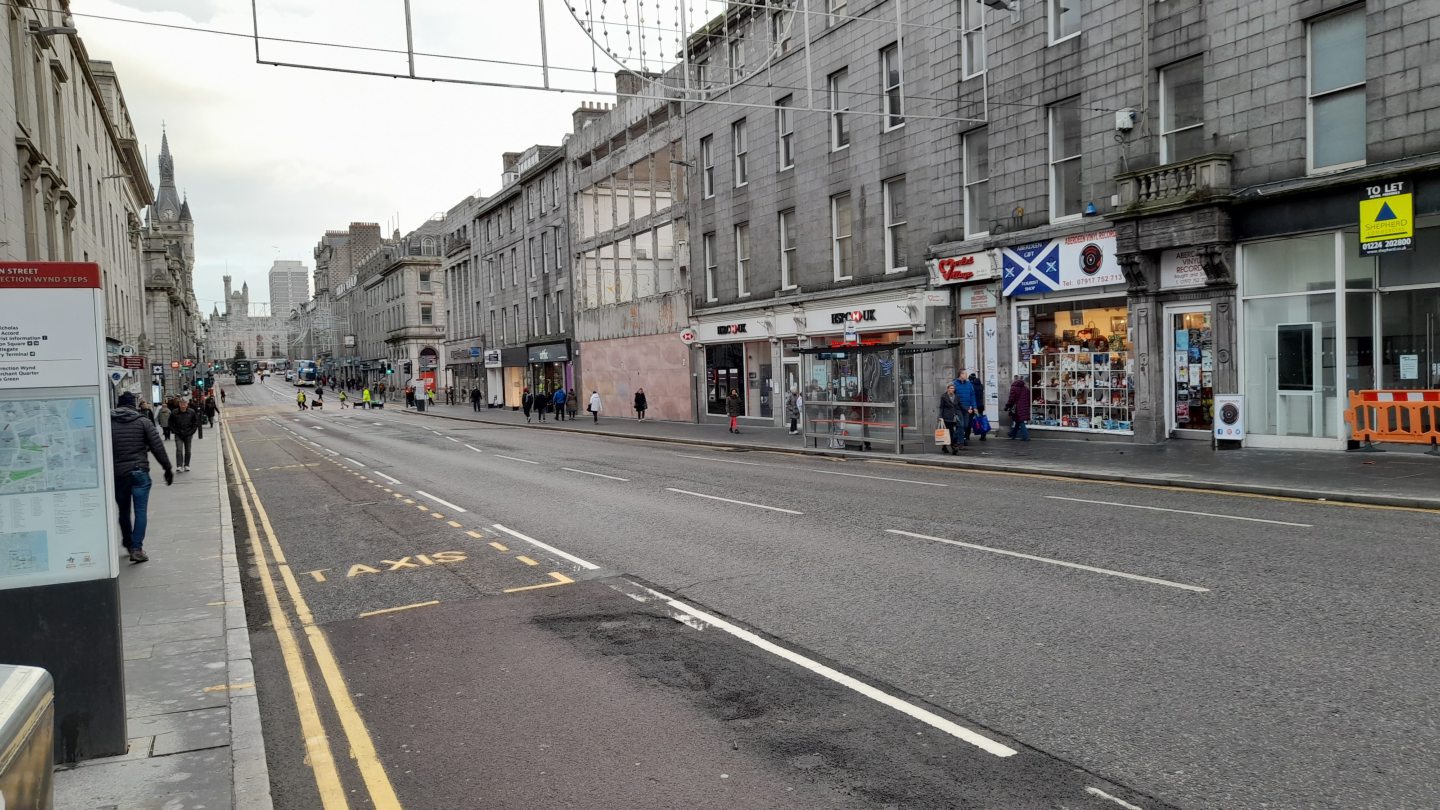
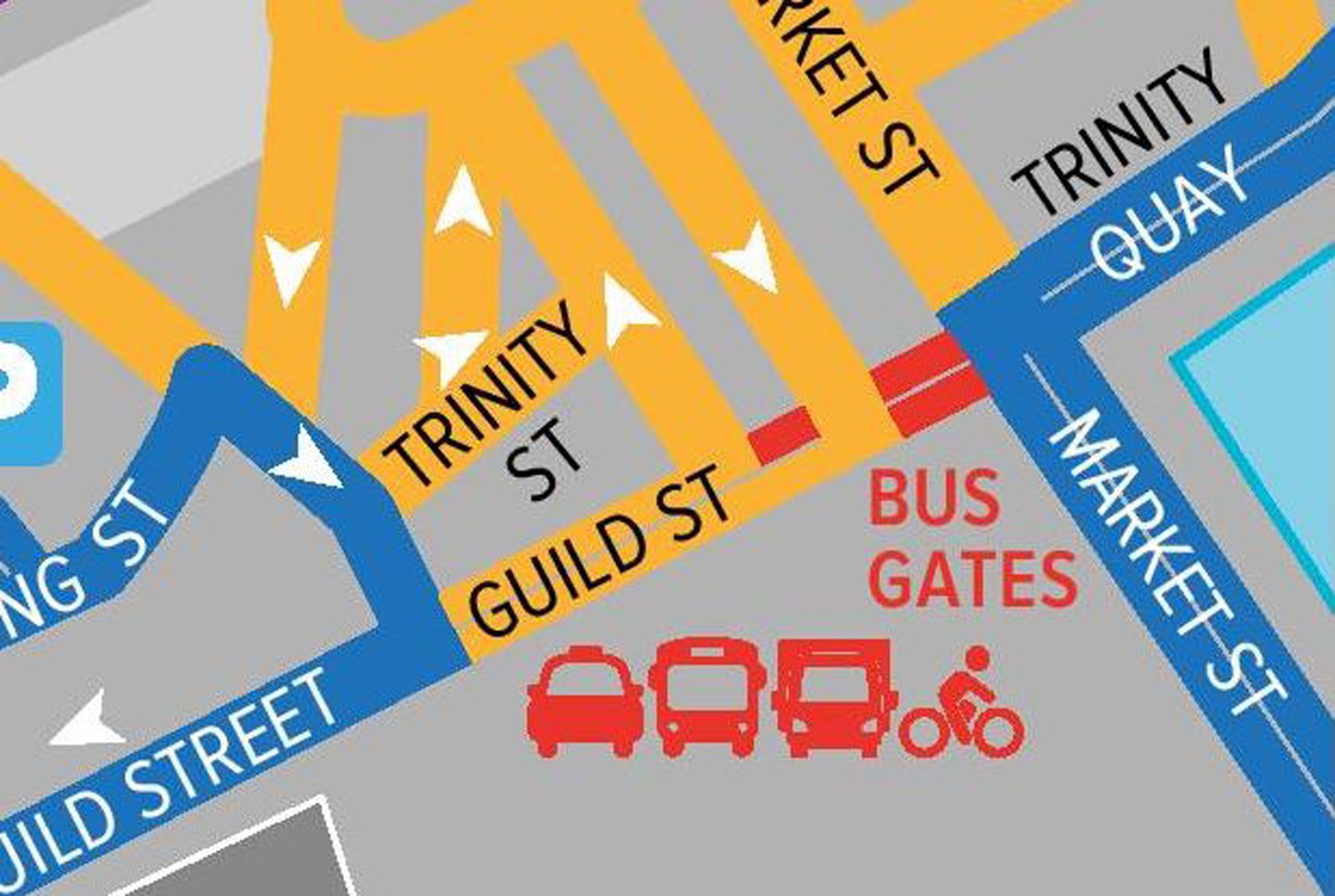

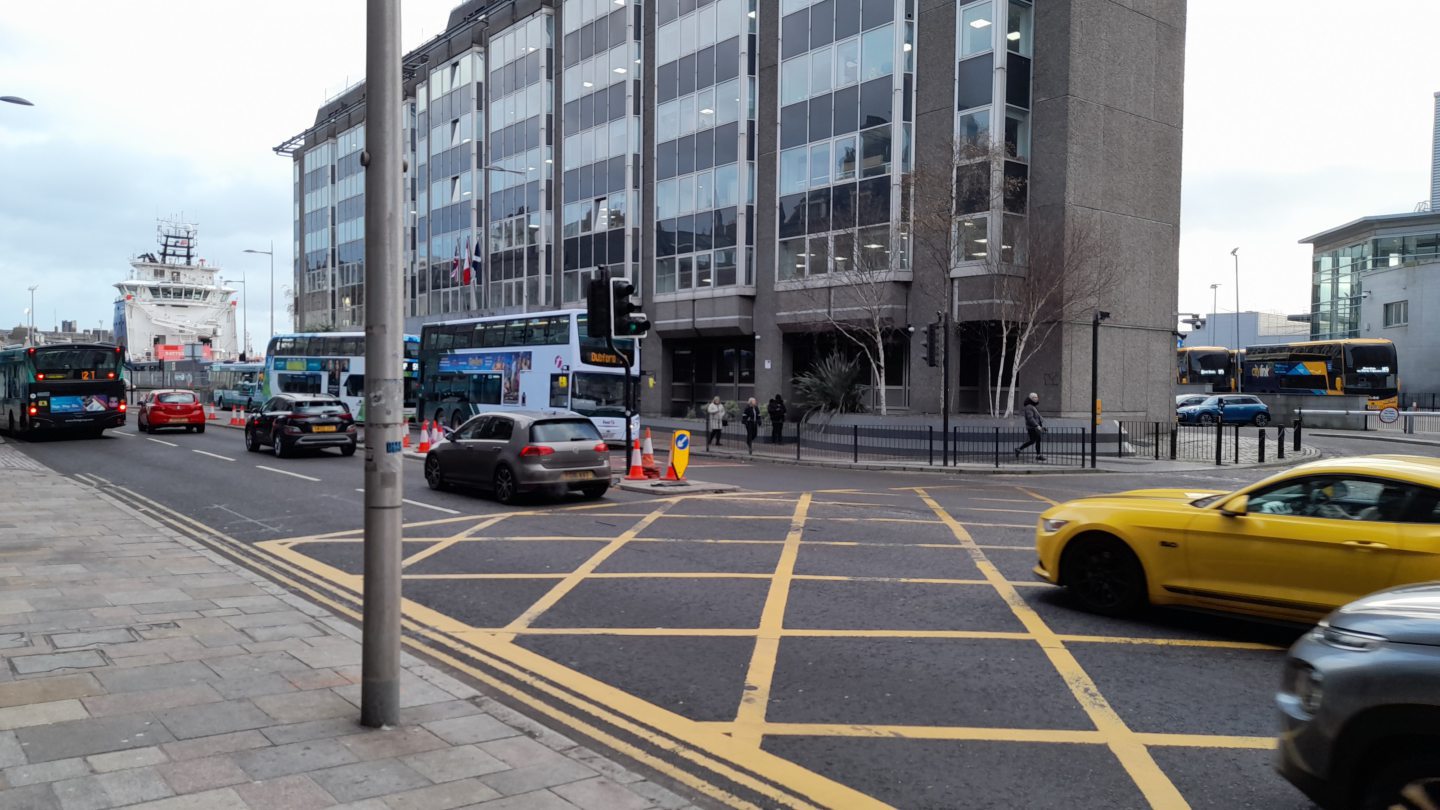
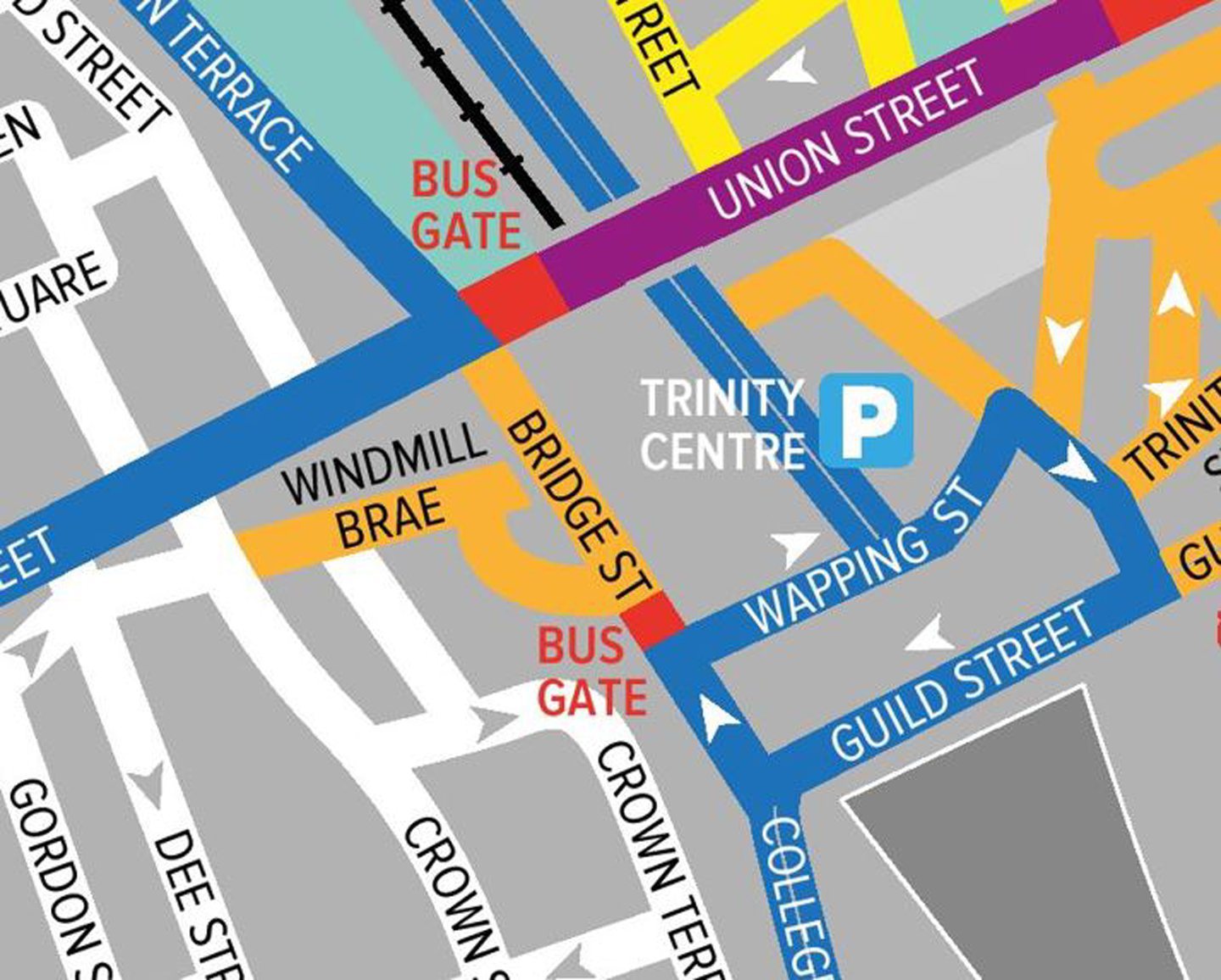
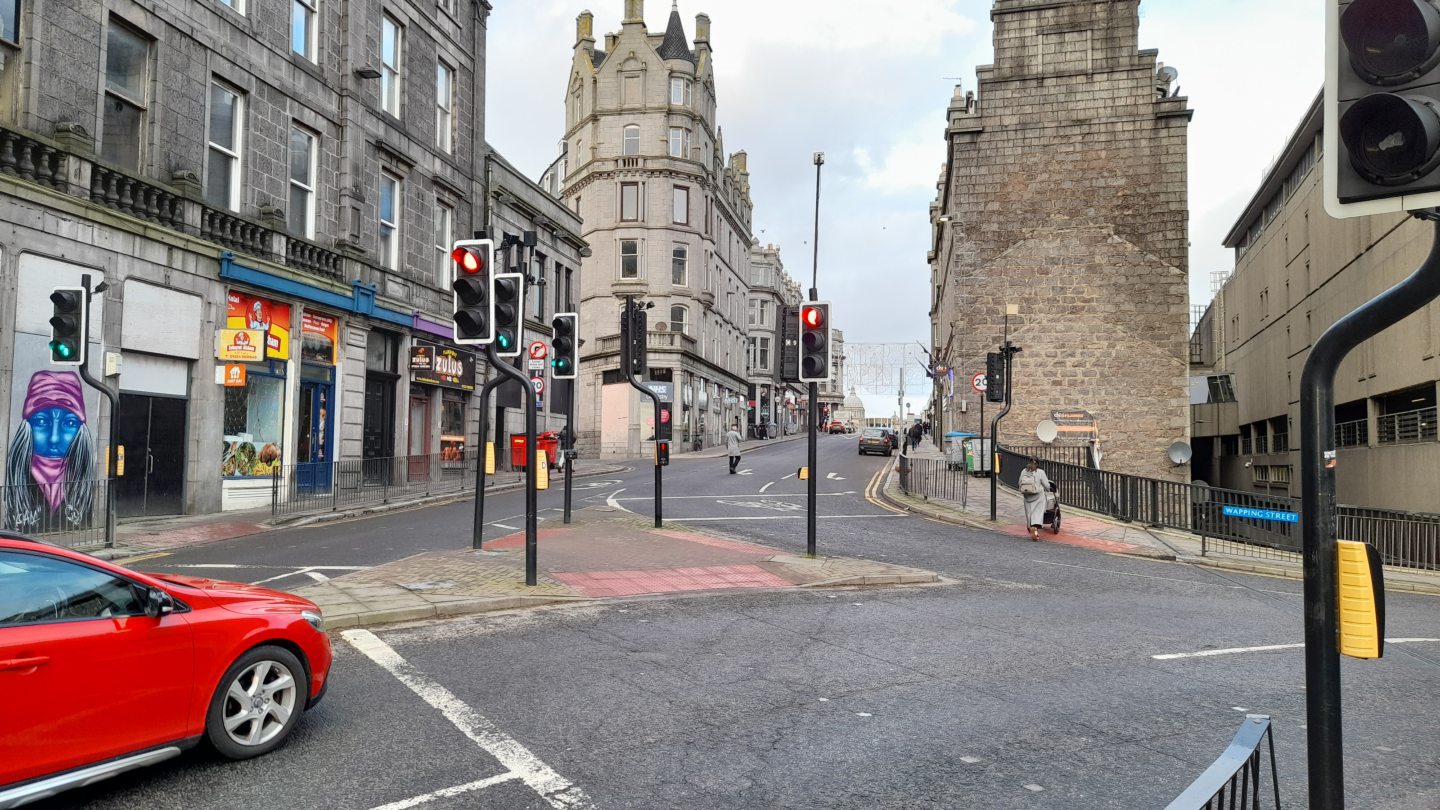
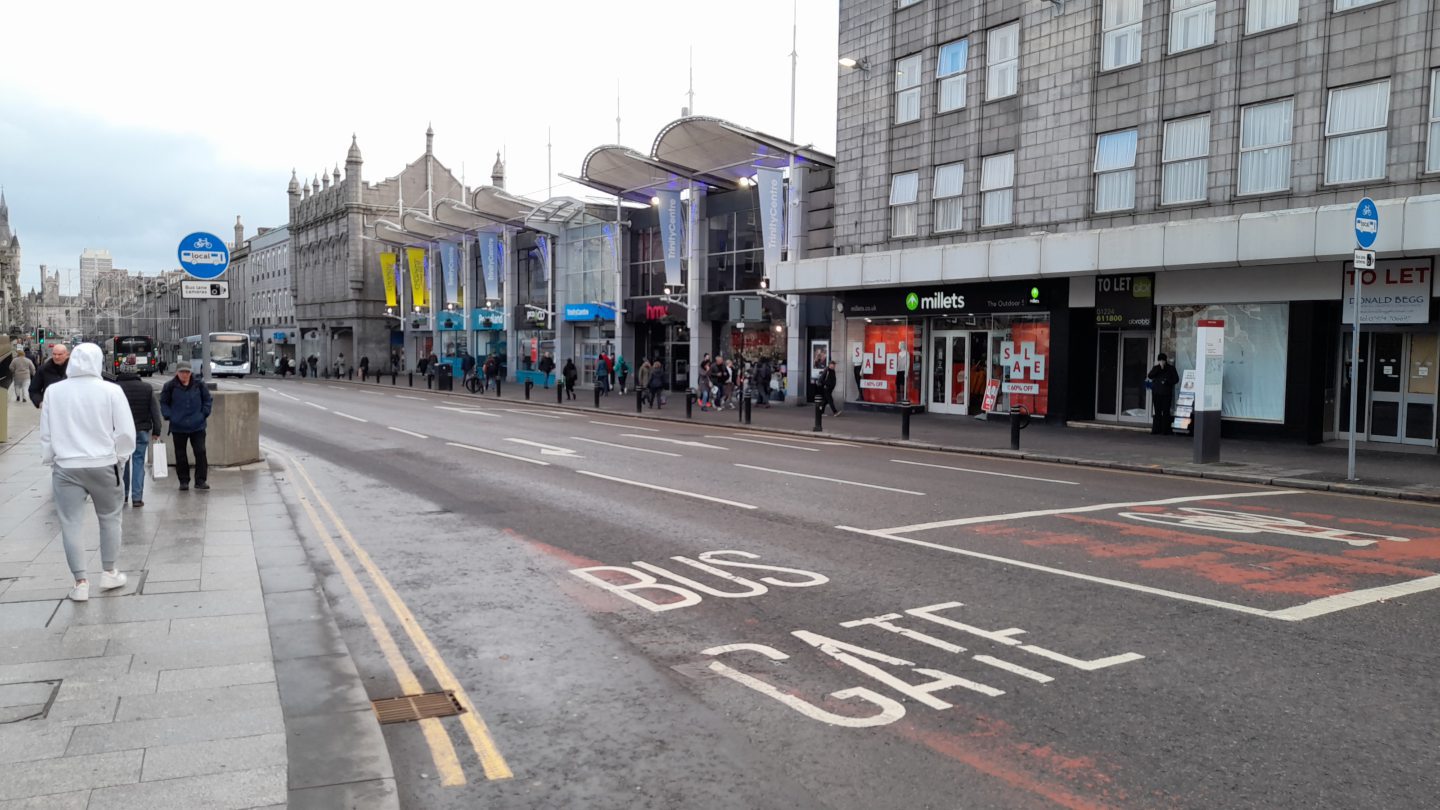
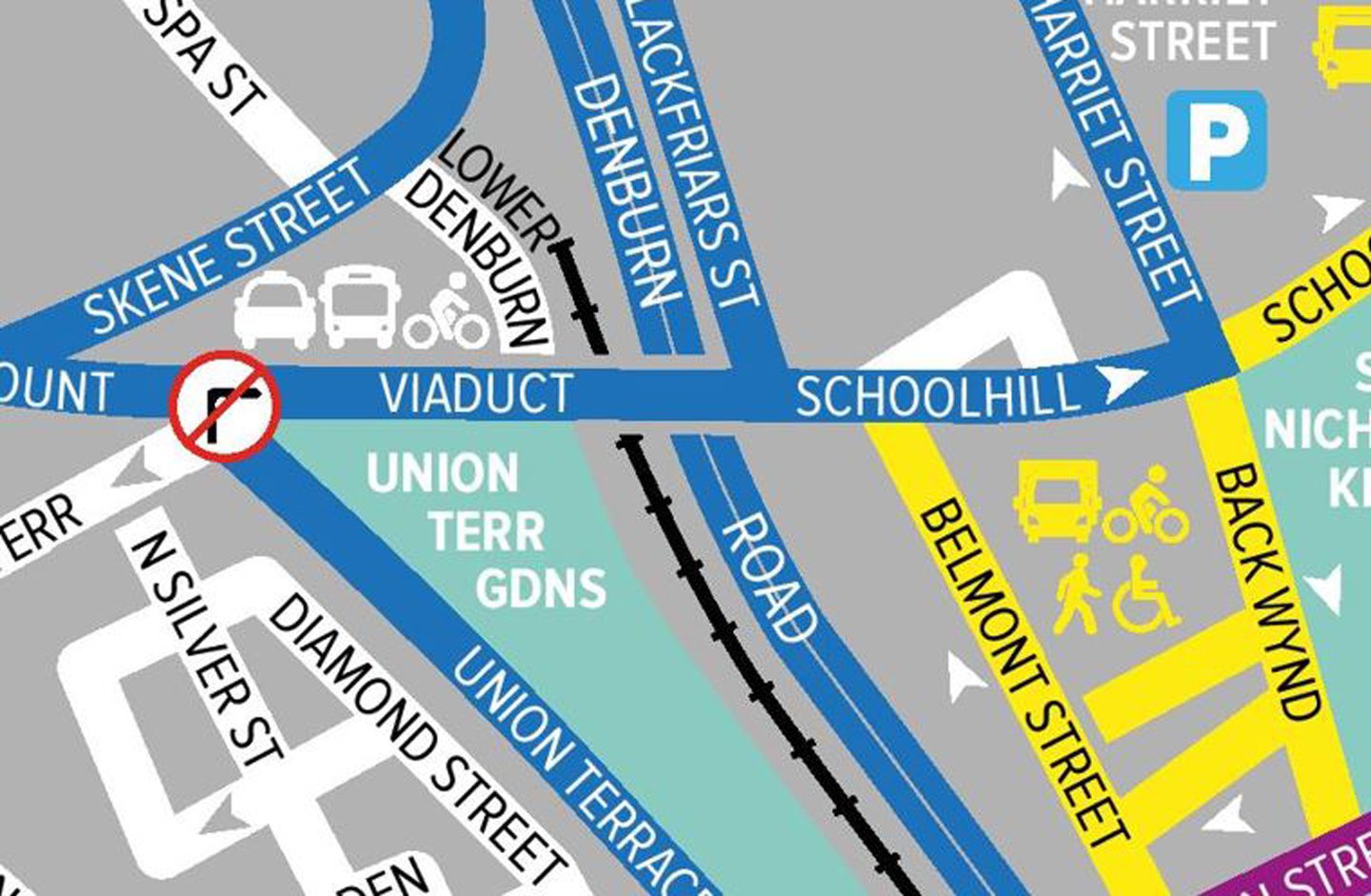
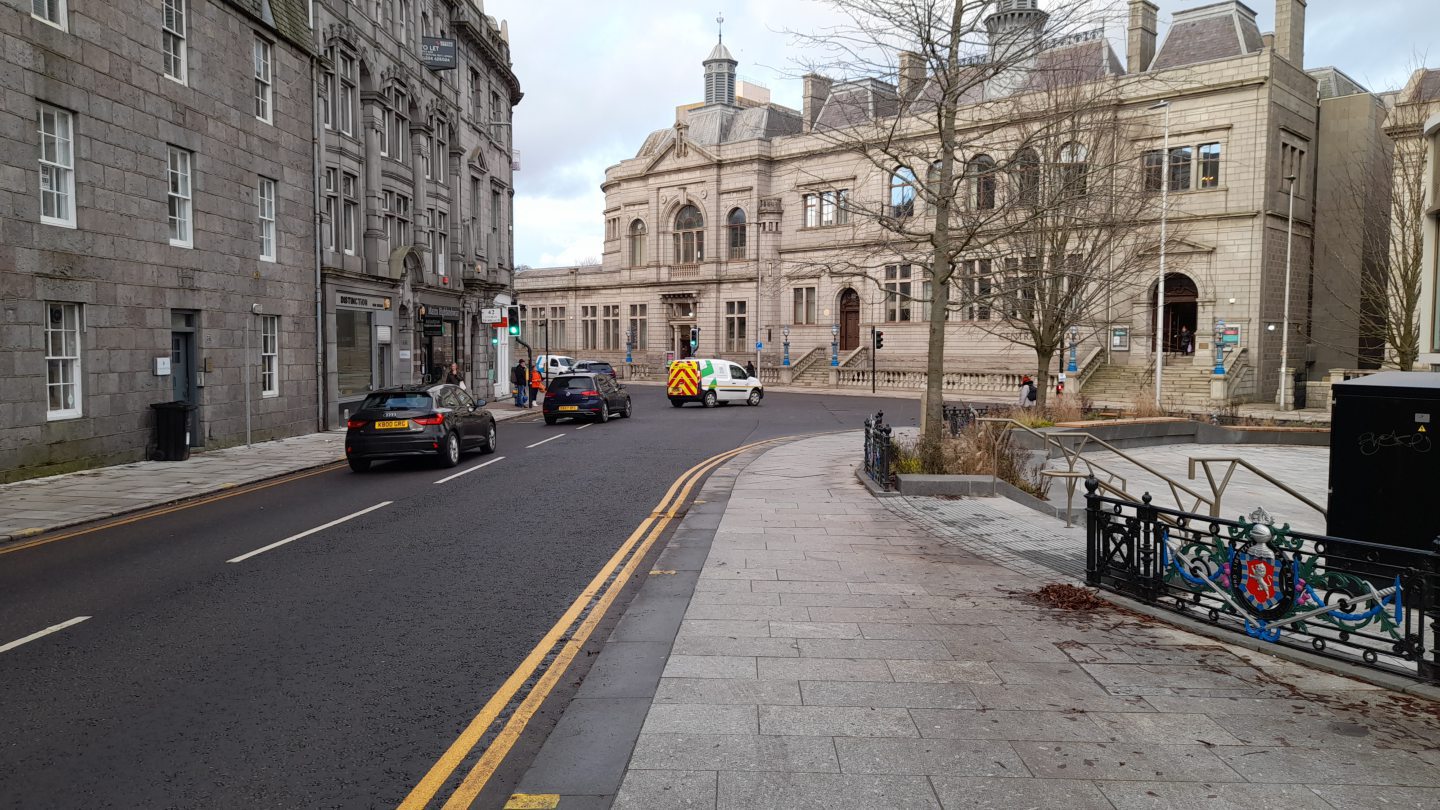
Conversation